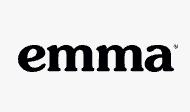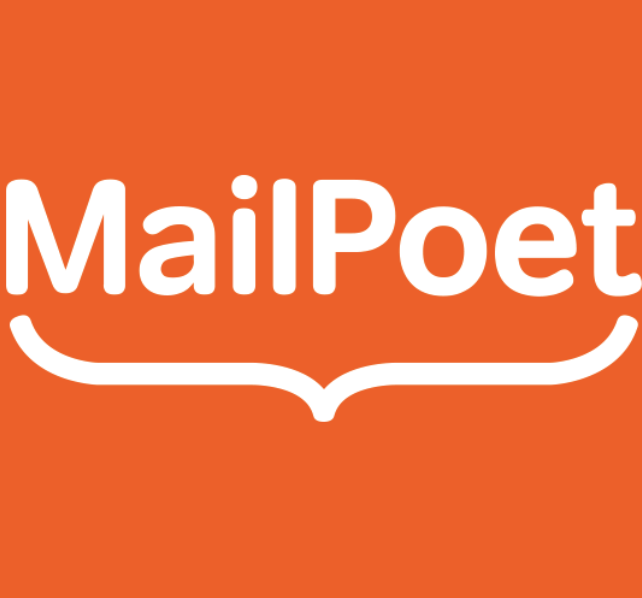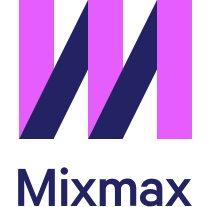Benchmark Email vs MailerLite
Hyperise integrates with 100's of sales and marketing tools, many of which are in the Email Marketing category. With so many to choose from it's sometimes hard to know which is best, but don't worry, we've got your covered.
In this comparison guide we're going to look at the Highlights, Pros, Cons and Pricing of Benchmark Email and MailerLite. We'll also delve into the details of which offers the best personalization options within Email Marketing, with there respective Hyperise integrations

Benchmark Email
Pricing: Benchmark Email's pricing starts at $9.95 per month when paying annually. The monthly plan starts at $15. This pricing tier provides access to unlimited contacts, unlimited sends, responsive template library, signup forms, autoresponders, email tracking and reporting, and more. Higher plans provide access to more advanced features such as A/B Testing, custom code editor, predictive intelligence, integrated CRM and more.
Vs
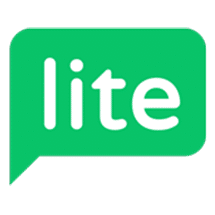
MailerLite
Pricing: MailerLite pricing starts at $10/month for up to 1,000 subscribers, and offers additional tiers as your subscriber list grows. Prices are based on the size of your mailing list, and they offer a free plan up to 1,000 subscribers. You can view our pricing guide at https://www.mailerlite.com/pricing.
Benchmark Email vs MailerLite Highlights
Benchmark Email is a website-based email marketing platform designed to help users easily create and manage email campaigns. It offers automation and A/B testing capabilities, numerous templates, drag-and-drop content builders, and advanced analytics. It also integrates with social media platforms for better customer engagement. On the other hand, MailerLite is an email marketing solution designed to help small and medium businesses build campaigns, grow their contacts, and reach out to customers. It provides features such as email automation, marketing automation, professional-looking templates, list segmentation, rich text & HTML formatting, and analytics tools to measure the success of campaigns. It also integrates with a number of third-party services such as Shopify, Magento, and Slack. In conclusion, while they serve the same purpose, Benchmark Email and MailerLite differ in features and integrations.
Benchmark Email vs MailerLite Pros
Benchmark Email Pros
- Pros for Benchmark Email compared to MailerLite:
- Easier to use with a more user-friendly interface
- More powerful drag-and-drop email editor
- Easier to A/B split test campaigns
- No delivery rate discrepancies reported
- Includes autoresponder feature with no extra cost
- More comprehensive analytics to track email campaigns
- Advanced email list management tools
- Offers transactional emails
- Integration options with more external systems
- Offers trigger-based emails to respond to user behavior in real time
- More comprehensive customer support with live chat and phone support
MailerLite Pros
- Pros of MailerLite compared to Benchmark Email:
- Free plan with all essential features included
- Advanced, user-friendly drag & drop text & design editor
- Advanced reporting & analytics
- Ability to create sign-up forms, forms, and landing pages
- Ability to segment subscribers & create personalized campaigns
- Affordable autoresponder series & automation
- E-commerce & Zapier integration
- 24/7 customer support
Benchmark Email vs MailerLite Cons
Benchmark Email Cons
- Benchmark Email lacks the option to save emails as templates
- It doesn't come with a free plan
- Lack of automation options in Benchmark Email
- Limited options for customizing emails
- It has limited integration compared to other providers
- limited choice of email templates
- More costly compared to other providers
MailerLite Cons
- Limited customization options compared to Benchmark Email
- No ability to A/B test email campaigns
- No automation workflow
- Not as many reporting features
- Less user support options
Benchmark Email & MailerLite Hyperise Integrations
Benchmark Email uses the Image embed method to integrate with Hyperise, giving a simple way to add personalized images to your messages.
Benchmark Email makes the following data points available to Hyperise, to enable personalization in images used in outreach and linked out to your personalized website landing pages.
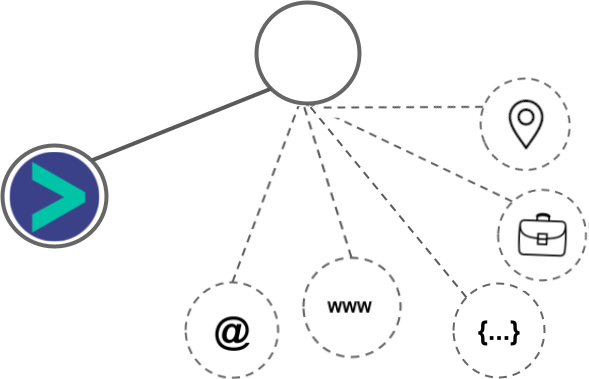
- Using business Email passed from Benchmark Email, Hyperise is able to enrich business logo and website screenshots. In some cases, with a business Email we're also able to enrich profile images, subject to the business email having a publicly available profile.
- Business name
- Job title
- Street
- City
- Country
- State
- Zip
Benchmark Email Integration Guide
MailerLite uses the HTML code embed method to integrate with Hyperise, giving a simple way to add personalized images to your messages.
MailerLite makes the following data points available to Hyperise, to enable personalization in images used in outreach and linked out to your personalized website landing pages.

- Using business Email passed from MailerLite, Hyperise is able to enrich business logo and website screenshots. In some cases, with a business Email we're also able to enrich profile images, subject to the business email having a publicly available profile.
MailerLite Integration Guide
 vs
vs 





 vs
vs 
 vs
vs  vs
vs  vs
vs 
 vs
vs 
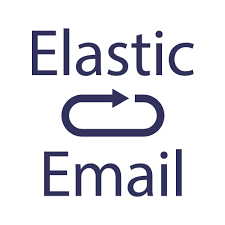 vs
vs  vs
vs  vs
vs  vs
vs  vs
vs  vs
vs  vs
vs  vs
vs 
